Tanzania is a top-tier destination for travellers seeking adventure, nature, culture and relaxation all in one place. With its dramatic landscapes, iconic wildlife, and vibrant heritage, there is no shortage of exciting and unforgettable tourist things to do in Tanzania. Whether you’re exploring the vast savannas of the Serengeti, diving into the crystal-clear waters of Zanzibar or climbing the towering peaks of Mount Kilimanjaro, Tanzania delivers a travel experience unlike any other.
- Wildlife Safari in Serengeti National Park
- Climb Mount Kilimanjaro
- Relax on the Beaches of Zanzibar
- Explore Tarangire National Park
- Visit Lake Manyara National Park
- Go Chimpanzee Trekking in Gombe and Mahale Mountains
- Experience Cultural Tourism
- Dive and Snorkel in Mafia Island Marine Park
- Take a Safari in Selous Game Reserve
- Explore Arusha and Its Surroundings
Wildlife Safari in Serengeti National Park
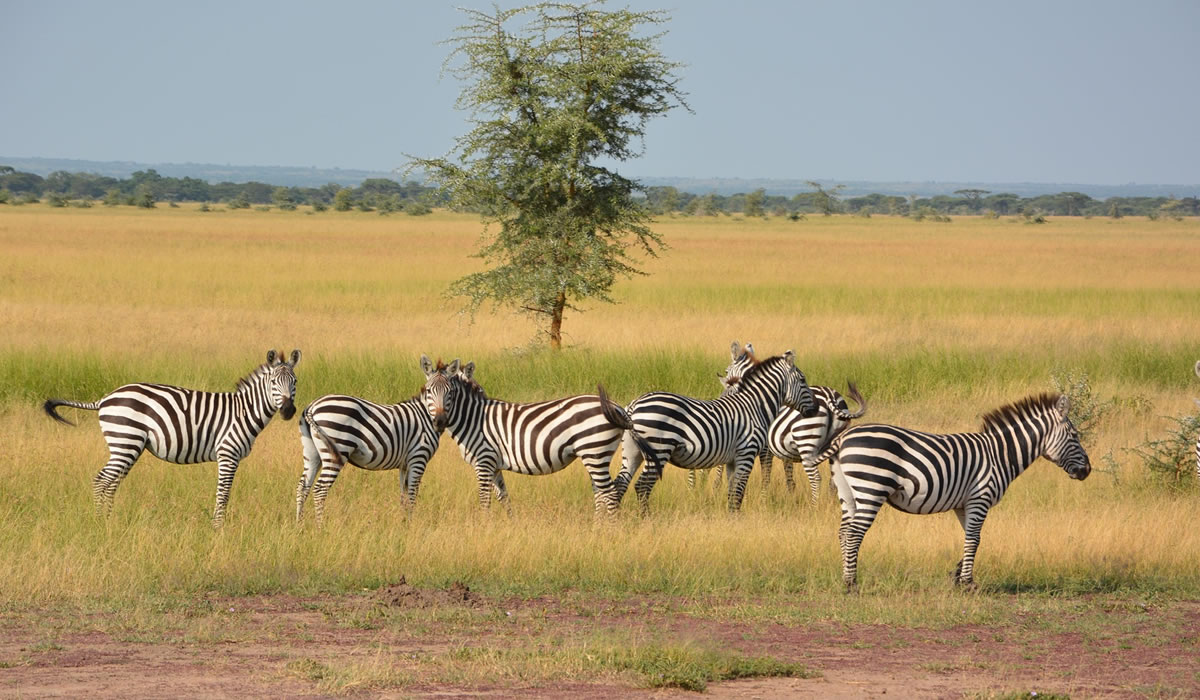
One of the most popular tourist activities in Tanzania is embarking on a wildlife safari in Serengeti National Park. Spanning over 14,000 square kilometers, the Serengeti is one of the most celebrated ecosystems in the world. It is famous for the Great Wildebeest Migration, where millions of wildebeest, zebras and gazelles move across the plains in search of greener pastures. The park is also a prime location to spot the Big Five; lion, leopard, elephant, buffalo and rhinoceros.
Tourists can choose from various safari options including game drives, mobile camping safaris, and luxury lodge experiences. Serengeti is a UNESCO World Heritage Site and offers exceptional photography, bird watching and nature viewing opportunities. The best time to visit for the migration is between June and August or January to March, depending on the migration cycle.
Climb Mount Kilimanjaro
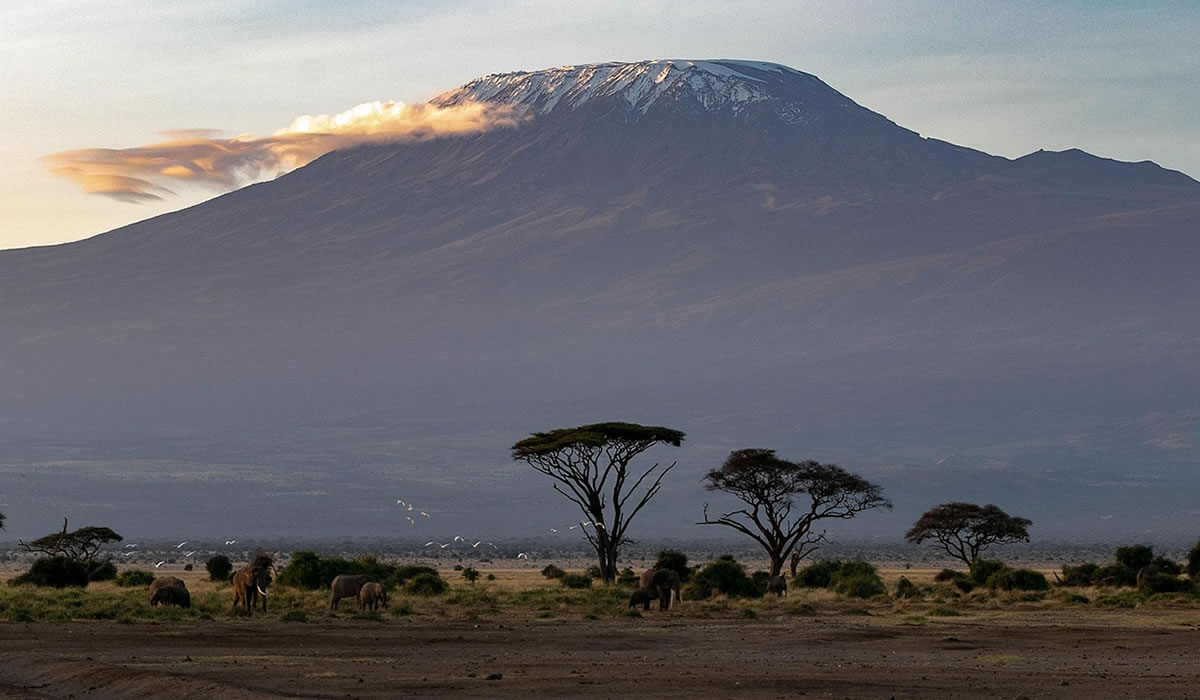
Another top activity in Tanzania is climbing Mount Kilimanjaro, Africa’s highest peak and the tallest free-standing mountain in the world. Standing at 5,895 meters, Kilimanjaro is a bucket-list destination for trekkers and adventure seekers. The climb does not require technical mountaineering skills, making it accessible to most fit travelers with the right preparation.
There are several routes to the summit, including the popular Machame, Marangu and Lemosho routes. Treks typically take between 5 and 9 days, and climbers experience a dramatic range of ecosystems, from tropical rainforest to alpine desert to glacial summit. Kilimanjaro National Park is another UNESCO World Heritage Site and offers a once-in-a-lifetime challenge for outdoor enthusiasts.
Discover the Ngorongoro Crater
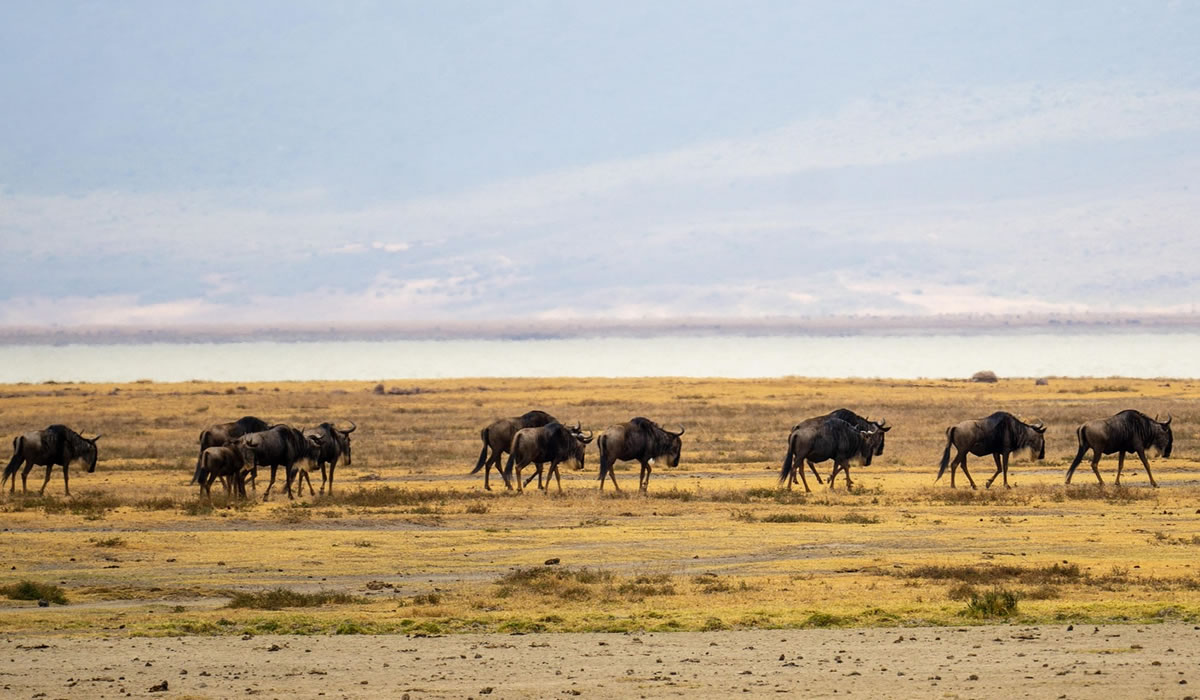
Visiting the Ngorongoro Crater is one of the most unique things to do in Tanzania. Formed from a collapsed volcano, this massive caldera stretches 19 kilometers in diameter and forms a natural enclosure for wildlife. The crater is home to over 25,000 animals, including lions, elephants, hippos, cheetahs and the rare black rhino.
The Ngorongoro Conservation Area is also inhabited by the Maasai people, who continue to practice traditional lifestyles. Tourists can take a safari drive into the crater and enjoy breathtaking views of one of the most biodiverse areas in Africa. The conservation area also includes Olduvai Gorge, one of the most important paleoanthropological sites in the world.
Relax on the Beaches of Zanzibar
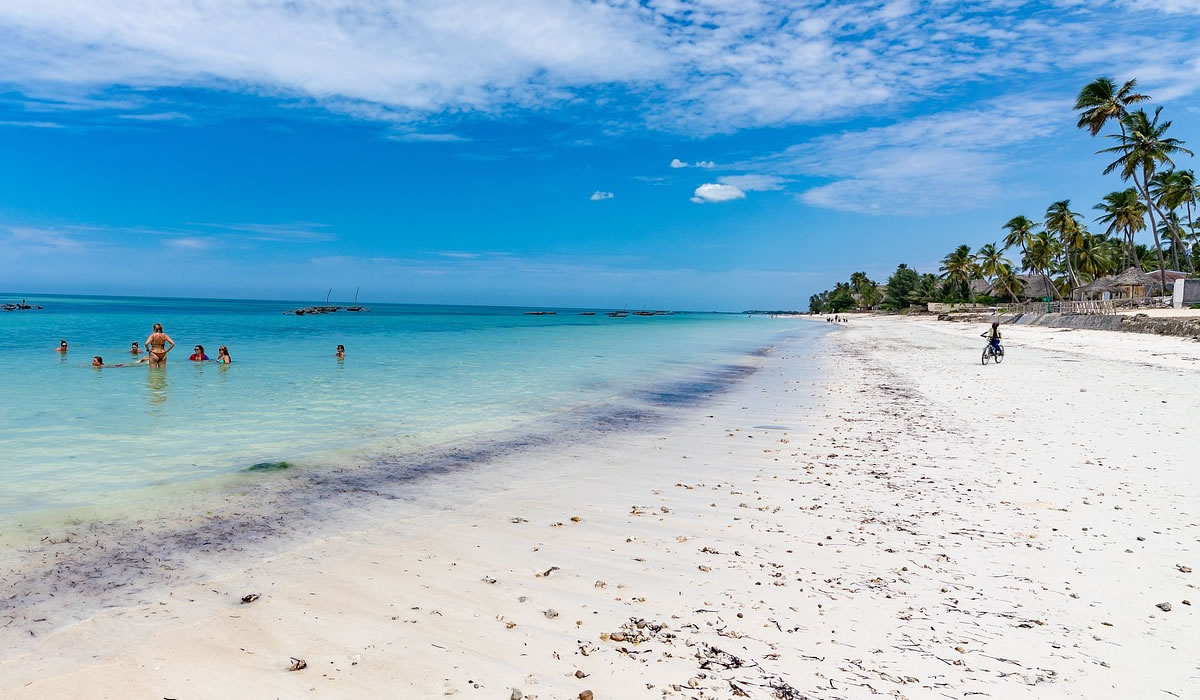
For a more laid-back experience, one of the best things to do in Tanzania is unwind on the idyllic beaches of Zanzibar. Located off the coast of mainland Tanzania, Zanzibar is a semi-autonomous archipelago famous for its white sand beaches, turquoise waters and rich cultural history.
Top beach destinations include Nungwi, Kendwa, Paje and Jambiani. Visitors can enjoy activities such as snorkeling, scuba diving, kite surfing and dhow sailing. Zanzibar is also known as the “Spice Island,” and spice tours offer insight into the cultivation of cloves, nutmeg, cinnamon and other spices. Stone Town, a UNESCO World Heritage Site, provides a fascinating mix of Swahili, Arab, Persian and European influences.
Explore Tarangire National Park
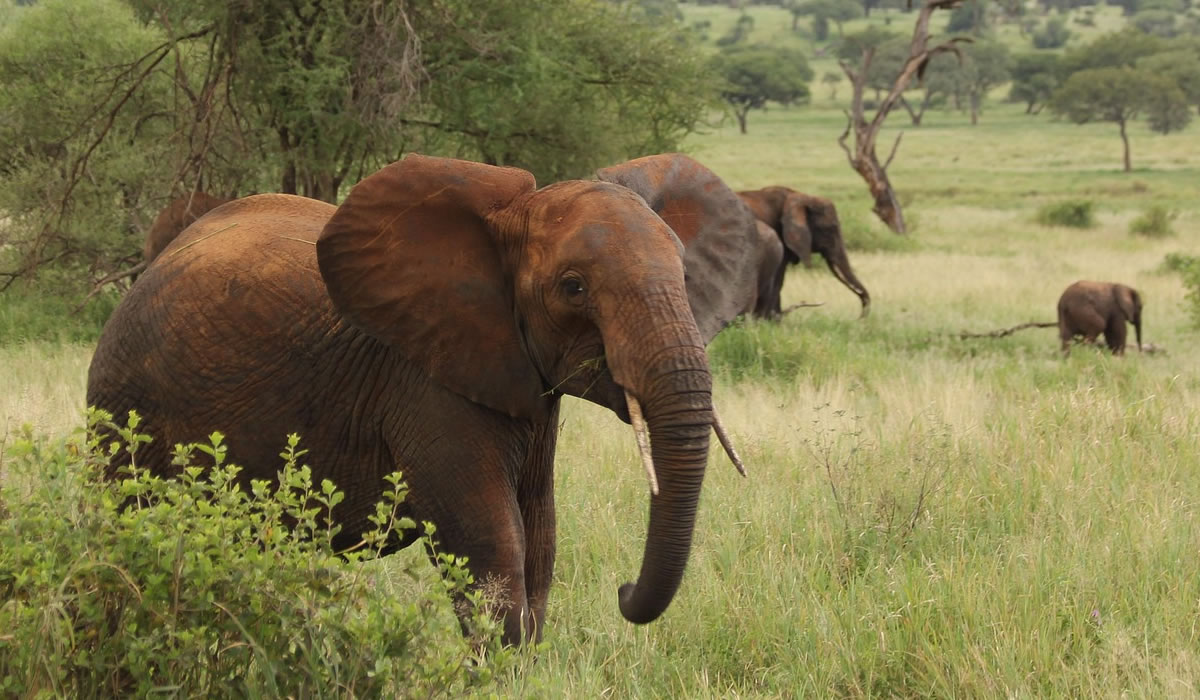
Tarangire National Park is one of Tanzania’s underrated gems, known for its large elephant herds and baobab trees. Located a short drive from Arusha, it is a great addition to a northern safari circuit. The park is especially attractive during the dry season (June to October) when animals gather around the Tarangire River.
Visitors can expect to see giraffes, lions, leopards, zebras and more than 500 species of birds. Game drives and walking safaris are available, and some lodges offer night safaris for a chance to see nocturnal wildlife.
Visit Lake Manyara National Park
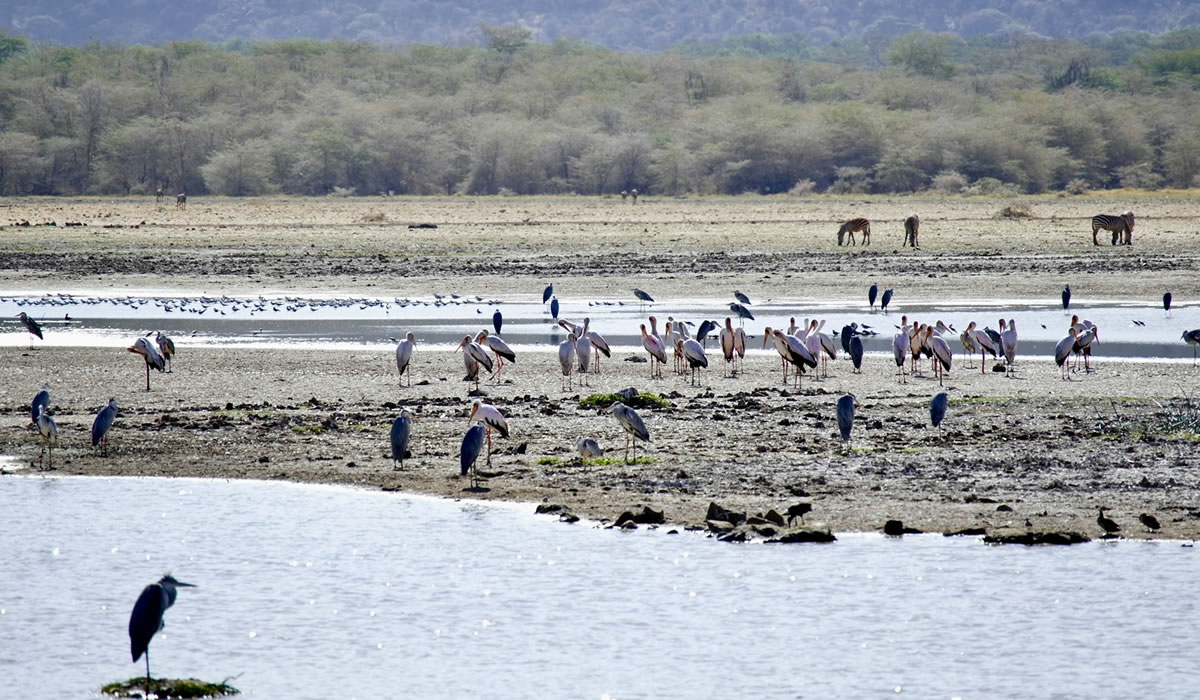
Lake Manyara National Park offers a unique blend of landscapes, ranging from groundwater forests and floodplains to hot springs and open savannas. The park is most famous for its tree-climbing lions, flocks of pink flamingos and diverse birdlife.
Lake Manyara is an excellent destination for bird watchers and nature lovers. Canoeing, biking tours and cultural visits to nearby villages are also available. It is typically visited as part of a multi-park safari that includes Serengeti and Ngorongoro.
Go Chimpanzee Trekking in Gombe and Mahale Mountains
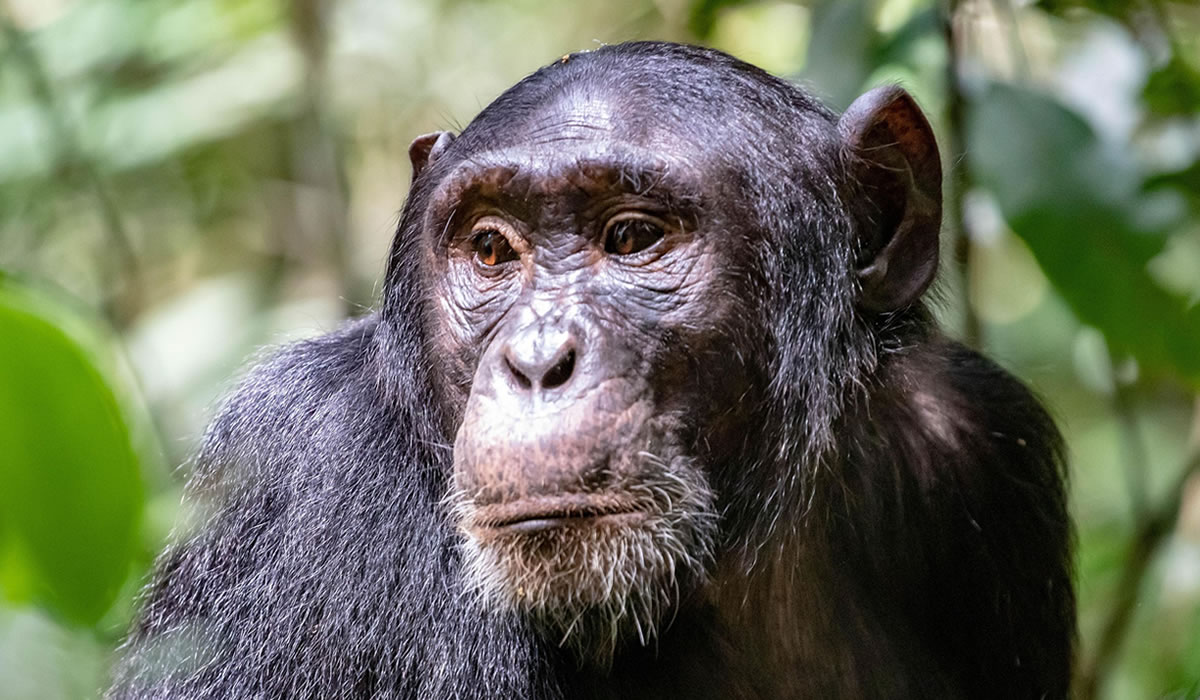
One of the more off-the-beaten-path tourist things to do in Tanzania is chimpanzee trekking in Gombe Stream or Mahale Mountains National Park. These parks are located in western Tanzania along the shores of Lake Tanganyika and are home to some of Africa’s last remaining wild chimpanzee populations.
Gombe is famous for being the site of Dr. Jane Goodall’s groundbreaking research on chimpanzees. Visitors can hike through dense forest trails with a guide and observe the chimpanzees in their natural habitat. Both parks offer stunning scenery and the opportunity to experience Tanzania’s biodiversity from a different perspective.
Experience Cultural Tourism
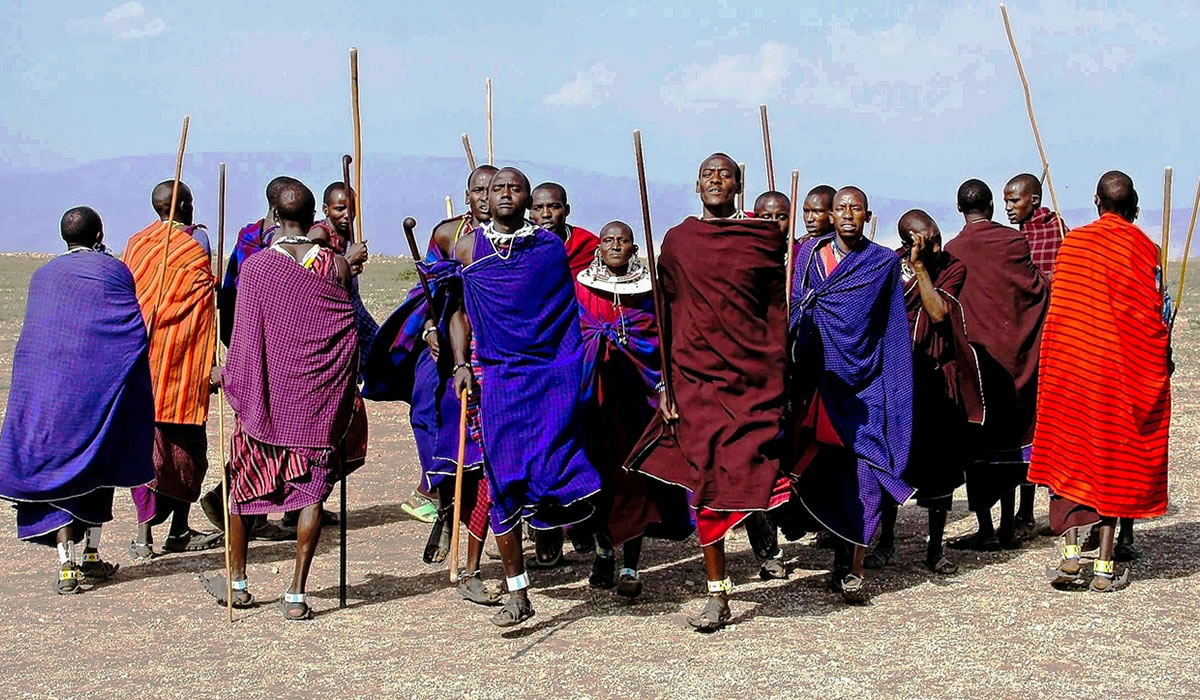
Tanzania’s cultural diversity is immense, with over 120 ethnic groups, each with its own language, customs and traditions. Participating in cultural tourism is a fantastic way to learn about the people who call Tanzania home.
The Maasai people are among the most well-known, and tourists can visit traditional Maasai villages to witness their lifestyle, dances, and handicrafts. In the north, the Chaga people around Mount Kilimanjaro offer cultural hikes through coffee farms and banana plantations. In central Tanzania, the Hadzabe, one of the last hunter-gatherer tribes in Africa, welcome visitors to learn about their ancient way of life.
Cultural experiences often include home-cooked meals, storytelling, traditional music and artisan workshops, creating deep connections with local communities.
Dive and Snorkel in Mafia Island Marine Park

For underwater enthusiasts, Mafia Island is a paradise for scuba diving and snorkeling. Located south of Zanzibar, Mafia Island is part of a marine protected area that supports a thriving coral reef system and abundant marine life.
Highlights include diving with whale sharks (from October to March), exploring coral gardens, and spotting sea turtles, octopuses and a variety of tropical fish. The island remains relatively undeveloped compared to Zanzibar, making it ideal for travelers looking for tranquility and pristine natural beauty.
Take a Safari in Selous Game Reserve
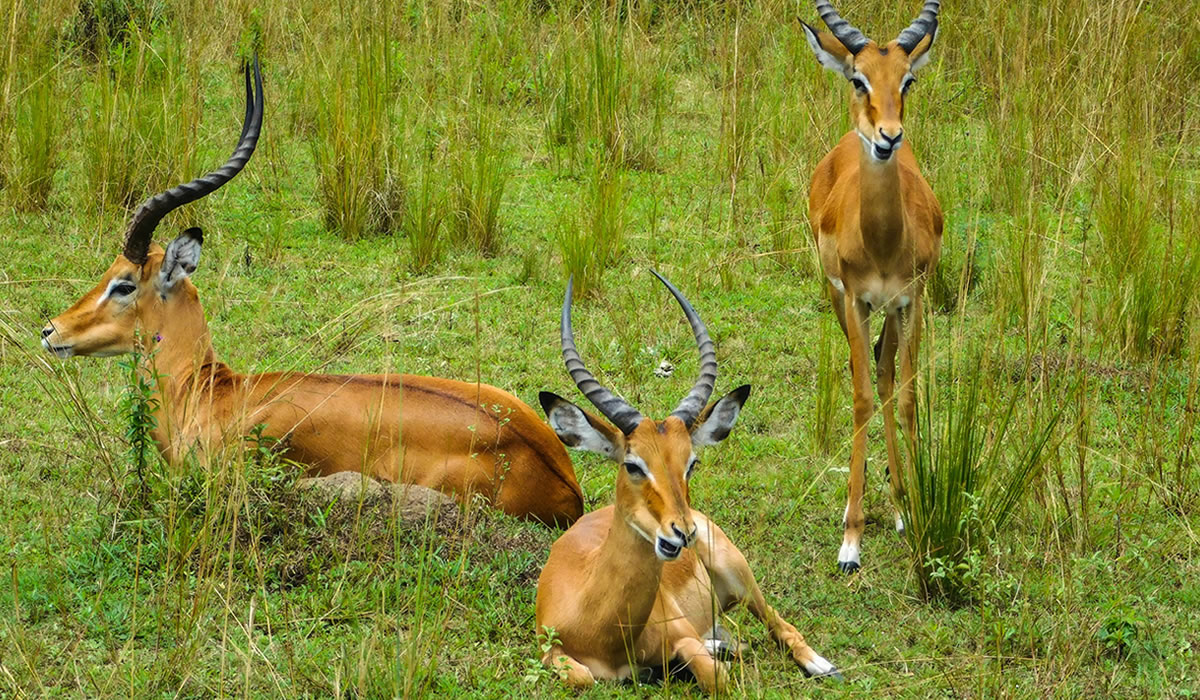
For a less crowded safari experience, head to Selous Game Reserve, recently renamed Nyerere National Park. It is one of the largest protected areas in Africa, covering more than 50,000 square kilometers of wilderness. The reserve features a mix of savanna, wetlands and miombo woodlands, and is home to lions, elephants, African wild dogs, giraffes and crocodiles.
Boating safaris on the Rufiji River offer a unique perspective, allowing visitors to view wildlife from the water. Walking safaris and fly-in camps also add to the sense of adventure in this remote area.
Explore Arusha and Its Surroundings

Arusha is the safari capital of northern Tanzania and often serves as the gateway to the Serengeti, Ngorongoro and Kilimanjaro. But Arusha itself offers several activities worth exploring. Visit the Arusha National Park, a small but scenic park home to Mount Meru, Momella Lakes and abundant wildlife including colobus monkeys and flamingos.
Tourists can also explore local markets, visit coffee plantations, and learn about Tanzanite gemstones at local museums and shops. Day hikes to nearby waterfalls and crater lakes are popular with those staying in the area.
Important Travel Tips for Visiting Tanzania
- Best time to visit Tanzania: The dry season from June to October is ideal for wildlife safaris. The short dry season in January and February is also suitable. The rainy seasons [March to May and November] are less ideal for travel but offer fewer crowds and lower prices.
- Visa requirements: Most visitors need a tourist visa, which can be obtained online or upon arrival at major airports.
- Health precautions: Malaria prophylaxis is recommended, and certain vaccinations such as yellow fever may be required.
- Currency: The Tanzanian shilling is the local currency. Credit cards are accepted in major hotels and lodges, but cash is often needed in rural areas.
From thrilling safaris and mountain treks to cultural encounters and tropical beach retreats, the range of tourist things to do in Tanzania is unmatched in East Africa. Whether you’re chasing lions across the plains of Serengeti, relaxing on the spice-scented shores of Zanzibar or trekking to the peak of Kilimanjaro, Tanzania offers something for every kind of traveller.
As a destination, it combines natural wonder, adventure, culture and sustainability, making it one of the most rewarding countries to explore. With the right planning and an adventurous spirit, a trip to Tanzania will leave you with memories to last a lifetime.

